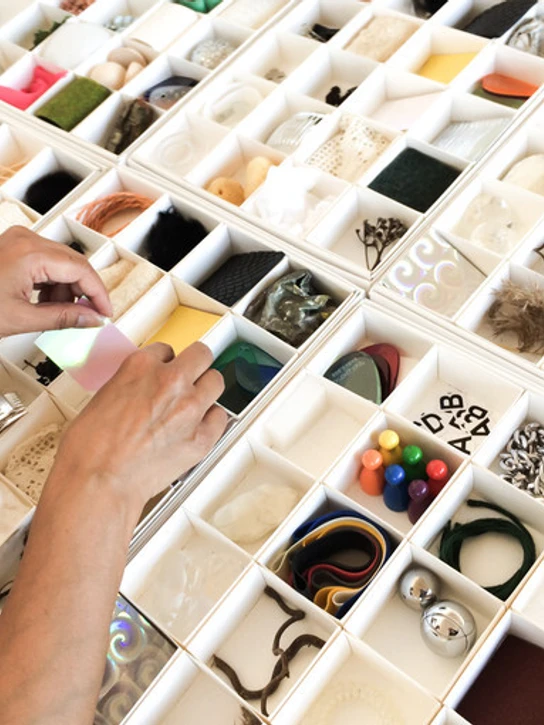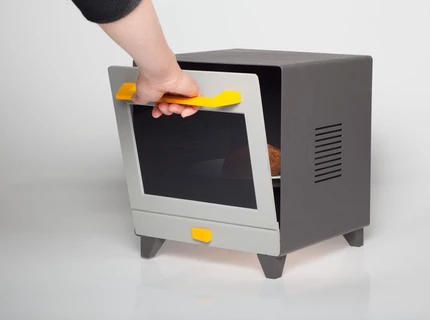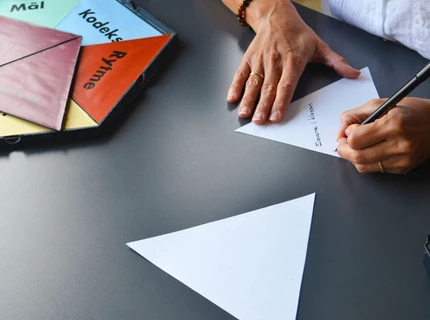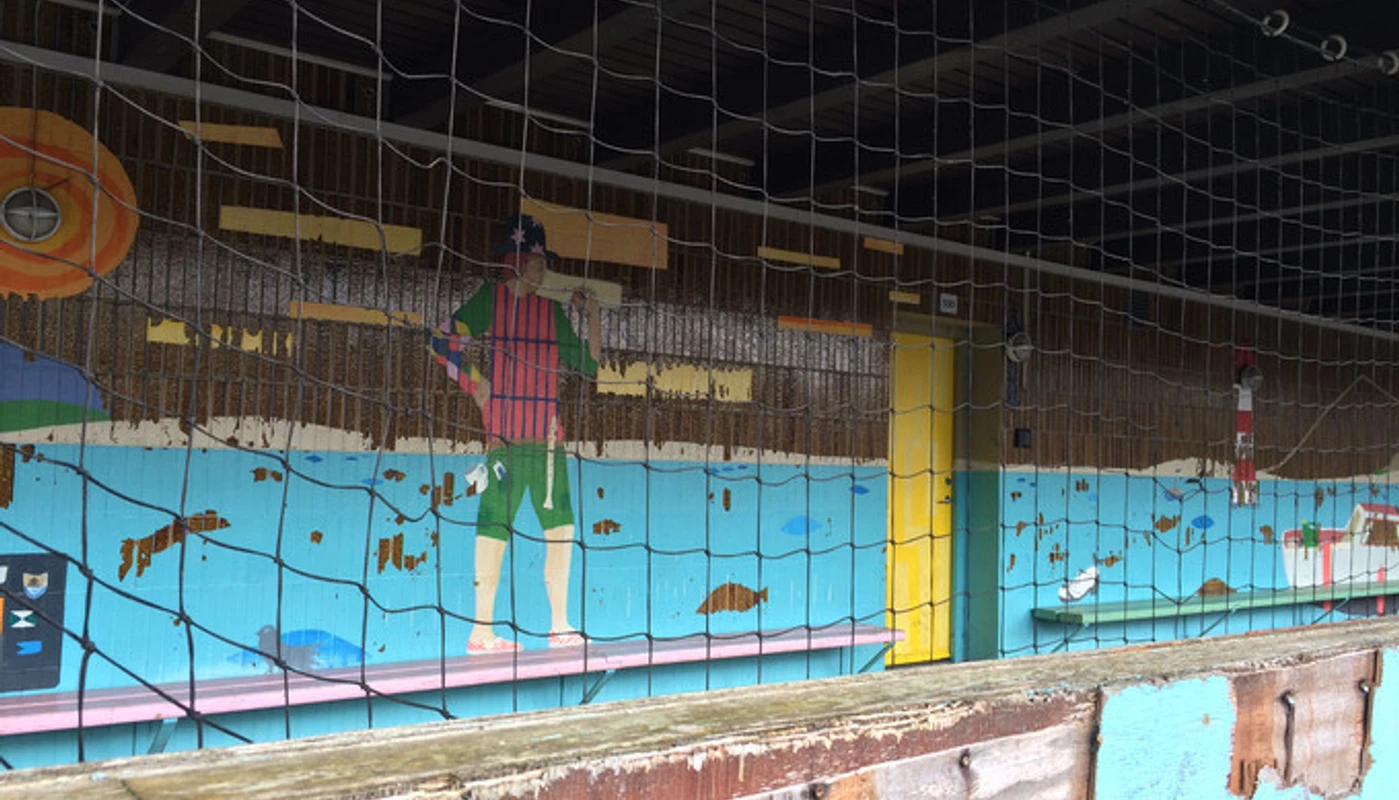
TACTUS Inclusion at Marielund school for children and youths with socio-emotional problems
- Participants from Kolding School of Design
-
Laila Grøn Truelsen
Jacqueline De Abrew
Maja Lindstrøm Hansen
- Project period
- 2017
- Project management
Laila Grøn Truelsen
- LAB
- Social Design
- LAB theme
- Citizenship and Agency
Box with Twenty Items is going to Make Children Talk about their Feelings
The pedagogue: "These things you have put on the playing board that relate to your feelings, as a grown-up I should take that very seriously. Do you know what I mean by that? "
No answer…
The pedagogue: "When a boy your age describes that his heartbeat is racing, that you feel lonely and you feel excluded – that you do not like to go to school, and you are thinking about suicide, I should take that very seriously."
The student: “Yes, you should.” ...
The pedagogue: "How come you do not talk to your mom about it?”
The student: "Because she cannot be bothered to listen to me anyway."
The pedagogue: "Are you sure she does not want to listen to you?
The student: "Yes, she knows very well that I want to go to another school, but she says no." …
The pedagogue: "I think we’ll stop here for now ... and then the two of us will talk about everything tomorrow, and then we’ll invite your mom in as soon as possible and tell her what you have said and how you feel, and it’s my guess that you're a boy who’s really scared."
The student: "Then I want to be there, too."
The pedagogue: "Yes, of course, you are going to be there. You must hear what we are talking about – maybe you would be able to tell it yourself?"
The student: "Well…" (no)
The pedagogue: "Do you want me to do it for you?"
The student: "Yes, please."
Pedagogue: "That’s what we will do then."
The student is an 8-year-old boy at Marielund School in Kolding, a special school for vulnerable children who need a particularly welcoming learning environment. Their conversation has been followed and quoted because what initiated it is a new tool developed by designers from Design School Kolding’s Laboratory for Social Inclusion in collaboration with the school's employees. Among other things the tool consists of a box containing twenty items - a holly leaf, a shiny ball, something soft, something hard, for example – and a playing board. When asked by his pedagogue to take one of the things that would best describe his thoughts and feelings, the student chose the sandpaper. "The sandpaper," he said, "because it's very rough ... and you can grind with the sand." The student later said that without the sandpaper he would not have talked about his feelings at all.
And although the material is brand new – in fact, it’s only a prototype – the examples of the effect it has are convincing. For children the TACTUS tool is a toy. For adults it’s a tool that enables children to verbalise their feelings and their inner states, as psychologist Lene Kiel Jespersen explains. The goal is that the adults should be facilitators, rather than detectives, in the conversation about thoughts and feelings.
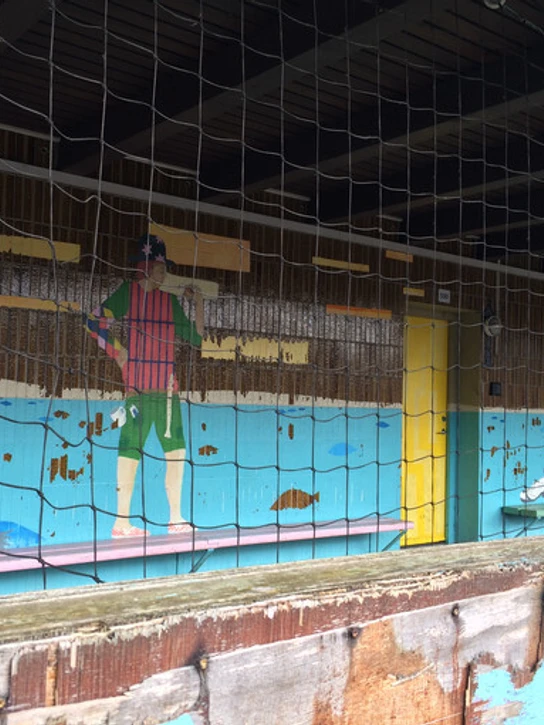
The school should become superfluous
Laila Grøn Truelsen, who is the Head of the LAB for Social Inclusion and is both a designer and a teacher, says that the task the designers got was to " devise something" that can make the special programmes that Marielund School offers superfluous so that children can move on in a regular school setting.
Tested tools for working to support students so that they will be heard and can verbalise feelings, events and possibly reflections already exist, but the innovative element in TACTUS is that its starting point is visual, tactile, sensual and more abstract.
– Tests have clearly shown that for some students the tactile approach makes a big difference in how students can be convinced to open up and talk about their feelings and thoughts. With TACTUS it’s possible to start a process in which you can tangibly and tactilely feel the material. It can pave the way for checking within oneself, taking a more intellectual approach and reflecting orally in a process that alternates between something visual, sensual, tactile and something you do with your hands and something that involves reflection and learning, says Laila Grøn Truelsen.
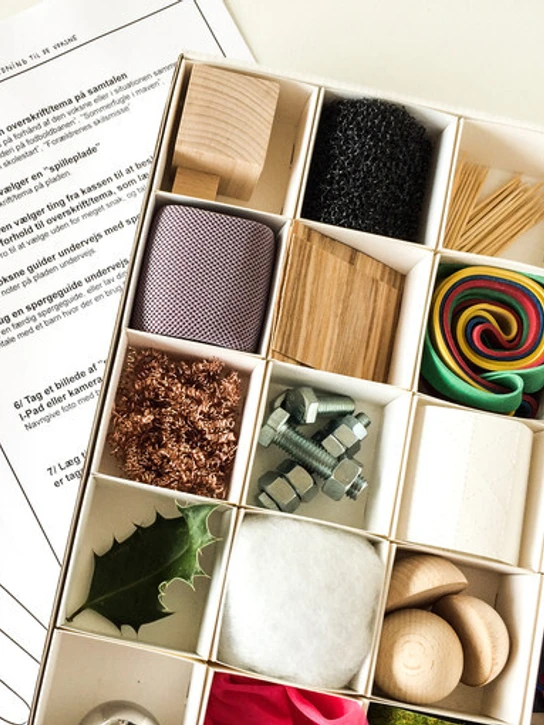
The TACTUS Tool
The tool can be used by a pedagogue and a child in one-on-one conversations or in group conversations, where it is used by several children together with a pedagogue.
Collaborators: Marielund School and the VELUX FOUNDATION
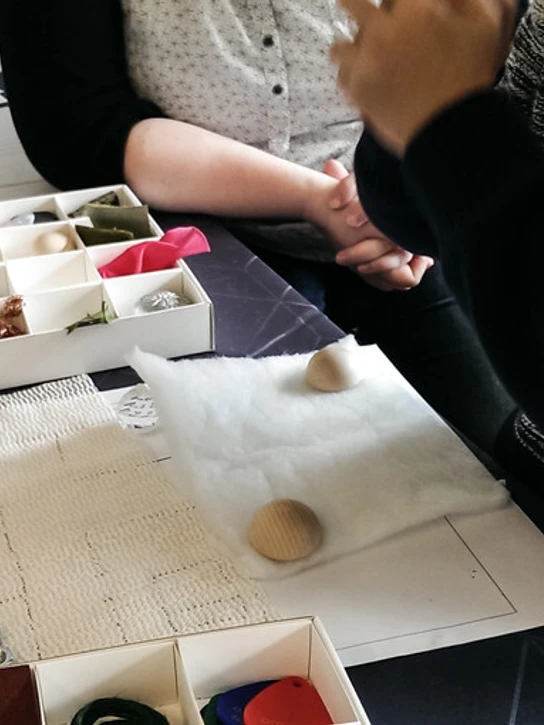
An overview of the material incuded in TACTUS
A visual tool that, in a learning and conversation environment, encourages children and adolescents to talk about their thoughts and feelings.
Guide cards - An additional tool for TACTUS, developed in collaboration with psychologist Lene Kiel Jespersen. The cards can be used as an independent tool for mapping the child's level of development or as preparation for conversations.
Guide booklets – A set of two booklets – an introductory booklet and a booklet containing four case studies as well as a TACTUS manual.
